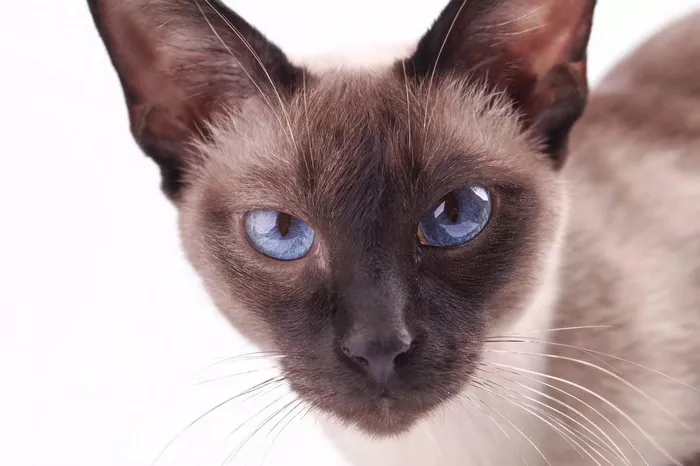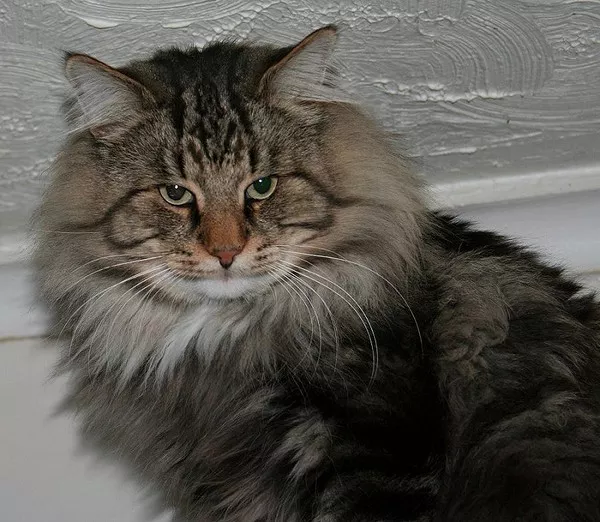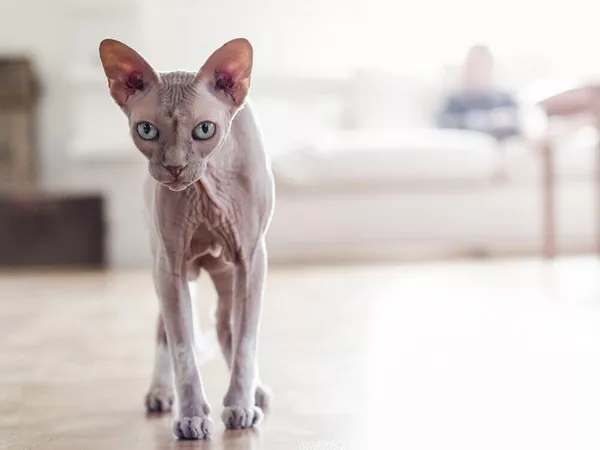Siamese cats are renowned for their striking appearance, vivid blue eyes, and vocal nature. While they are often affectionate and social, some Siamese cats may display aggression, leaving their owners puzzled and concerned. In this article, we will explore the potential reasons behind Siamese cat aggression, from genetics to environmental factors, and provide practical solutions to address this behavior. By understanding the root causes and implementing appropriate strategies, cat owners can help their Siamese companions lead happier, more harmonious lives.
Unraveling Siamese Cat Aggression
Distinctive Traits of Siamese Cats
Temperamental Characteristics
Siamese cats are known for their strong personalities and high levels of intelligence. They are often described as being vocal, curious, and demanding of attention. While these traits contribute to their charm, they can also manifest as assertiveness or even aggression in certain situations.
Social Nature
Siamese cats are typically social creatures that enjoy human companionship and interaction. They form strong bonds with their owners and thrive on attention and affection. However, their social nature can also make them sensitive to changes in their environment or disruptions to their routines.
Common Triggers for Aggression
Fear and Anxiety
Like all cats, Siamese cats may become aggressive when they feel threatened or scared. Loud noises, unfamiliar people or animals, or changes in their surroundings can trigger feelings of fear or anxiety, leading to defensive or aggressive behavior.
Territorial Instincts
Siamese cats are known to be territorial animals, and they may become aggressive when they perceive intrusions into their territory. This can include interactions with other pets in the household or encounters with unfamiliar animals outside.
Play Aggression
Play aggression is common in young cats, including Siamese kittens. While playful behavior is natural and healthy, it can escalate into aggression if not properly managed. Siamese cats may become overstimulated during play, leading to rough behavior such as biting or scratching.
Redirected Aggression
Redirected aggression occurs when a cat is unable to direct its aggression toward the source of its frustration and instead lashes out at a nearby target, often a person or another pet. This can happen when a Siamese cat becomes agitated by something outside, such as a stray cat or wildlife, and vents its frustration on whoever is nearby.
Health-Related Causes
Underlying Medical Issues
In some cases, aggression in Siamese cats may be linked to underlying medical problems. Pain, discomfort, or illness can manifest as aggression, especially if the cat associates certain activities or interactions with pain. It’s essential to rule out any potential medical issues through a thorough veterinary examination.
Hormonal Factors
Hormonal changes, such as those associated with breeding cycles or reproductive surgeries, can influence a cat’s behavior. Intact male Siamese cats, in particular, may exhibit aggressive behavior due to hormonal influences.
Addressing Siamese Cat Aggression
Creating a Safe Environment
Provide Secure Spaces
Offering hiding spots and elevated perches allows Siamese cats to retreat to a safe space when they feel threatened or overwhelmed. These areas should be easily accessible and free from disturbances.
Maintain Consistency
Establishing a predictable routine can help reduce stress and anxiety in Siamese cats. Consistent feeding times, play sessions, and social interactions provide stability and reassurance.
Behavior Modification Techniques
Positive Reinforcement
Using positive reinforcement techniques, such as treats, praise, and play, can encourage desirable behaviors while discouraging aggression. Rewarding calm, non-aggressive behavior reinforces positive associations and strengthens the bond between the cat and its owner.
Desensitization and Counterconditioning
Gradual exposure to feared or triggering stimuli, paired with positive experiences, can help desensitize Siamese cats to these stimuli over time. For example, if a cat is fearful of visitors, gradually introducing guests while offering treats or play can help change the cat’s emotional response from fear to relaxation.
Redirected Play
Providing appropriate outlets for play can help redirect Siamese cats’ energy and prevent the escalation of play aggression. Interactive toys, puzzle feeders, and regular play sessions with their owners can satisfy their need for mental and physical stimulation.
Environmental Enrichment
Interactive Toys and Puzzles
Stimulating toys and puzzles engage Siamese cats’ natural hunting instincts and provide mental stimulation. Toys that dispense treats or require problem-solving help keep cats entertained and mentally engaged.
Scratching Posts and Climbing Structures
Scratching posts and climbing structures allow Siamese cats to engage in natural behaviors like scratching and climbing while also providing opportunities for exercise and exploration.
Veterinary Evaluation and Treatment
Medical Assessment
If Siamese cat aggression persists despite behavioral interventions, a thorough veterinary examination is warranted to rule out underlying medical issues. Pain management, medication, or other veterinary interventions may be necessary to address any health-related causes of aggression.
Hormonal Management
For intact male Siamese cats exhibiting aggression related to hormonal influences, neutering may be recommended to reduce aggression and promote overall well-being.
Conclusion
Siamese cats are beloved companions cherished for their intelligence, charm, and affectionate nature. While aggression in Siamese cats can be challenging to manage, understanding the underlying causes and implementing appropriate strategies can help address this behavior effectively. By creating a safe and enriching environment, employing behavior modification techniques, and seeking veterinary guidance when necessary, owners can help their Siamese cats overcome aggression and thrive in their homes. With patience, consistency, and love, owners can strengthen their bond with their Siamese companions and enjoy many happy years together.


























